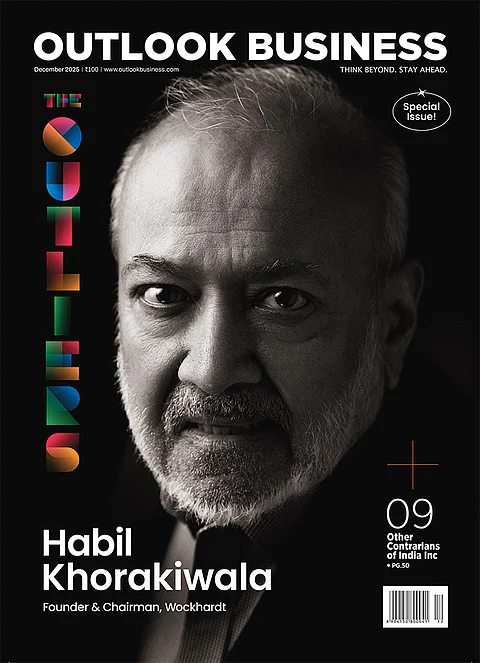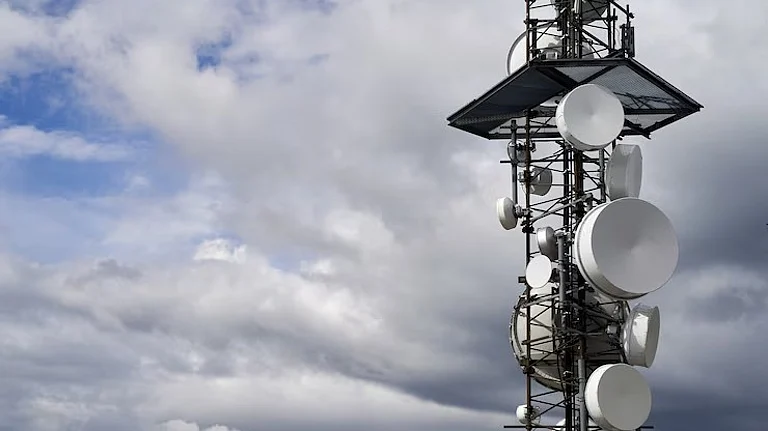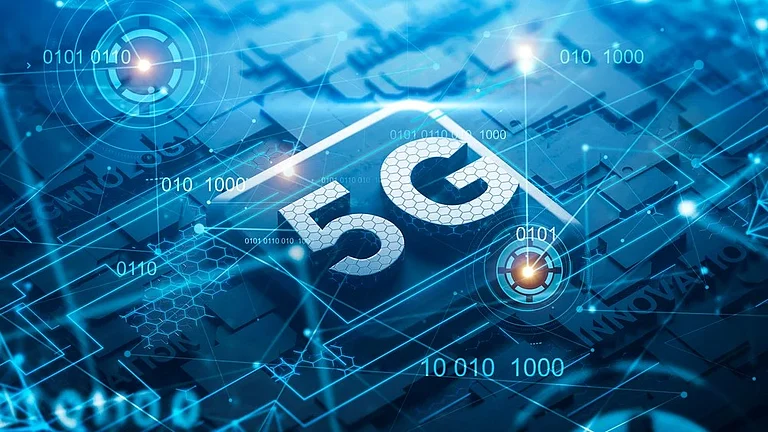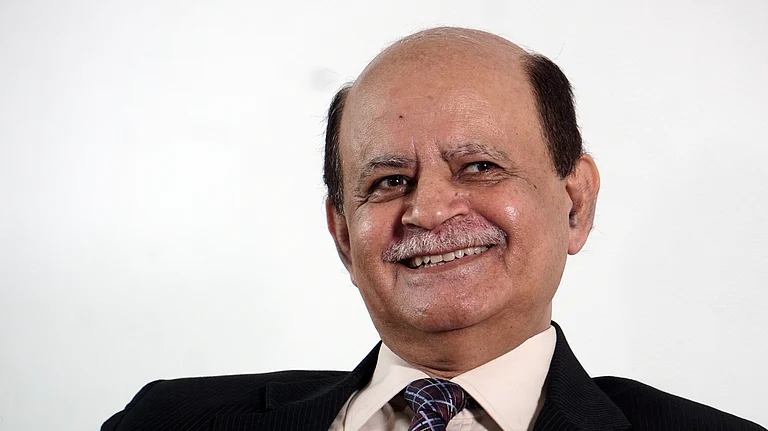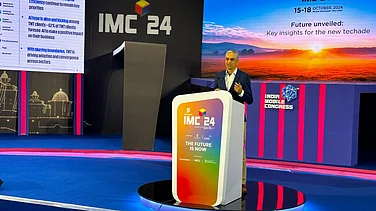
5G offers a powerful technological, but the real challenge lies in its commercialisation, says Magnus Ewerbring, CTO, Asia Pacific, Ericsson.
Indian telecom operators are still adapting to the shift, three years after India’s 5G rollout.
Ewerbring calls 5G a major transformation, moving from traditional service models like voice with fixed QoS to entirely new ways of doing business.
"5G is a fantastic technological base, but the challenge lies in commercialisation," says Magnus Ewerbring, Chief Technology Officer (CTO), Asia Pacific (APAC), Ericsson, while talking about problems telecom operators have been facing about three years into the launch of 5G networks in India.
"It is a process because we are moving from offering services and doing business in one state to a fundamentally new state, which is a huge transformation. In earlier generations, we started with voice services with a certain Quality of Service (QoS)," he said in an exclusive interview with Outlook Business.
Adding that in some generations, we introduced the data component, Mobile Broadband (MBB), which is typically a best-effort service, similar to fixed internet.
"The fundamental step with 5G is the possibility to differentiate between different traffic flows and offerings," said Ewerbring, adding that mobile network operators (MNOs) must create the service, stimulate the market, and build appetite.
However, Indian firms seem to have been struggling to do that. According to an industry review report by credit rating agency ICRA, the Indian telecom industry’s total debt is estimated to increase to around ₹6.6 lakh crore as of 31 March 2025. Much of this debt has been accumulated since 2022, when three Indian telecom operators spent ₹1,50,173 crore to buy 5G spectrum and later spent thousands of crores more to roll it out for the public.
The credit rating agency expects companies to spend another ₹3 lakh crore over the next 4–5 years as capex, which would keep the total debt elevated.
On several occasions, these companies, including heavily indebted Vodafone Idea, have stated that they have struggled to keep up with the fast change in different network generations.
Though, Ericsson doesn’t believe that’s the case.
"This cadence of generations is important because each new generation allows a fresh start and a technological leap. We improve what was learned in the previous generation, leading to extraordinary improvements in system efficiency. Being at the cutting edge of technology allows us to be the most efficient," he claimed, adding that the real step forward with 5G is the toolkit within the network to support these differentiated services.
Magnus Ewerbring gives examples such as Sony’s 5G-enabled cameras that media outlets use to transmit live without expensive satellite vehicles in some parts of Japan, and premium 5G access at events like Taylor Swift concerts, offering faster streaming in crowded venues. In the enterprise sector, Ewerbring says T-Mobile US provides high-priority 5G connections for police body cameras.
In India, he highlighted that Fixed Wireless Access (FWA) is already a commercial success, which, according to him, shows how operators are leveraging 5G for reliable home broadband.
"The ROI is being built up. Investments in infrastructure take time to mature and yield full returns," he said.
Private Captive Networks in India
One of the use cases of 5G networks has been the creation of separate captive networks for private enterprises, though many experts in the telecom industry believe it would be unfeasible. In 2022, the Department of Telecommunications (DoT) put guidelines in place for enterprises to establish Captive Non-Public Networks (CNPNs), either by leasing spectrum from telcos, by telcos providing captive network services, or by enterprises obtaining spectrum directly.
In the same year, the Adani Group acquired the right to use 400 MHz of spectrum in the 26 GHz mm-wave band for about ₹212 crore. However, they later had to transfer the rights to Bharti Airtel. It was later reported that the group deemed it unfeasible to use the spectrum.
Though, the Indian government hasn’t given up. Earlier this year, an agreement between Bharat Sanchar Nigam Limited (BSNL) and Numaligarh Refinery Limited (NRL) was signed to set up a 5G captive network.
"Private networks have great potential," says Ewerbring, adding that a highly sensitive installation, like a nuclear power plant, would likely prefer a Dedicated Private Network for complete isolation and security. A company with nationwide coverage, like a railway, would clearly need the ubiquitous coverage of a Public Network (integrated via a Virtual Private Network).
"The decision is not solely about cost; factors like data security and data integrity are critical. Companies must assess their maturity level and who they trust," he added.







